The Expectations of the Top Athletes Have Grown with the Ninja Sport
Many Athletes Want to Make it to “The Big Leagues”
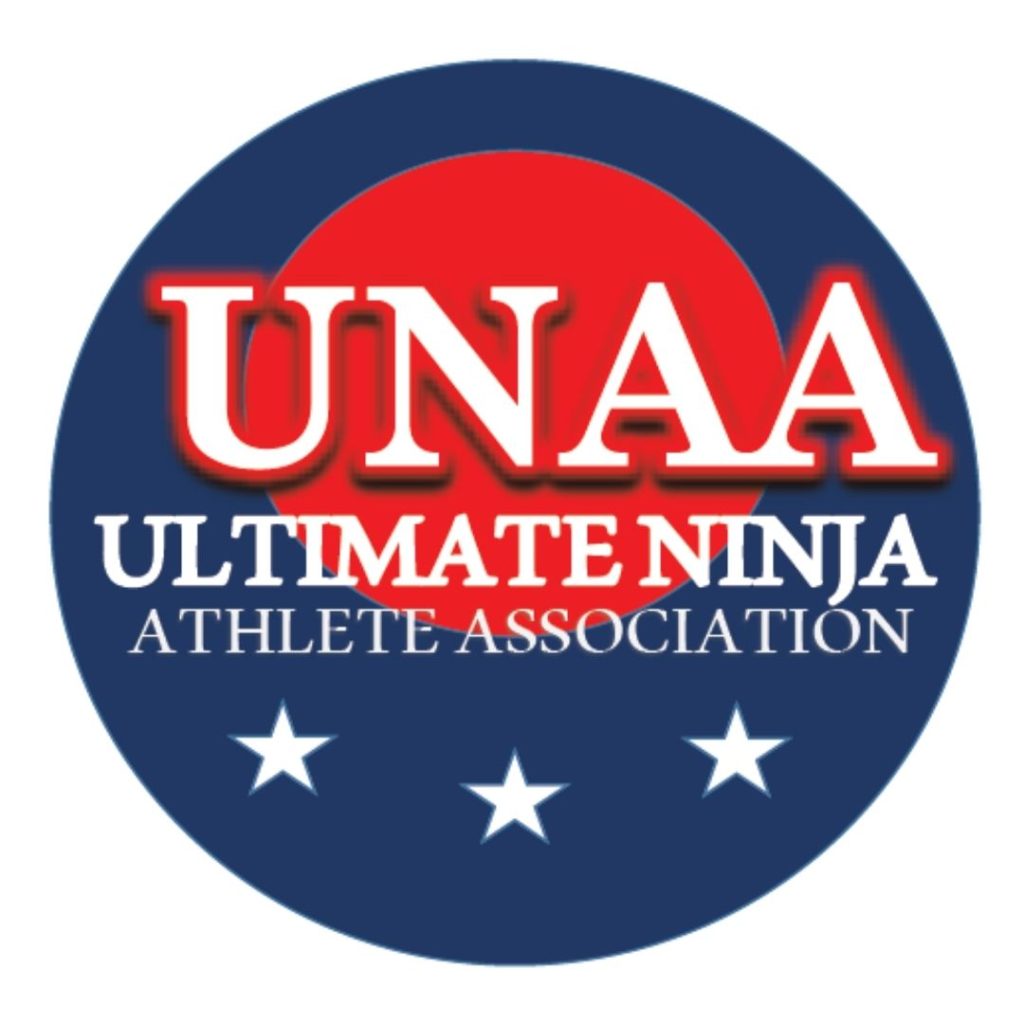
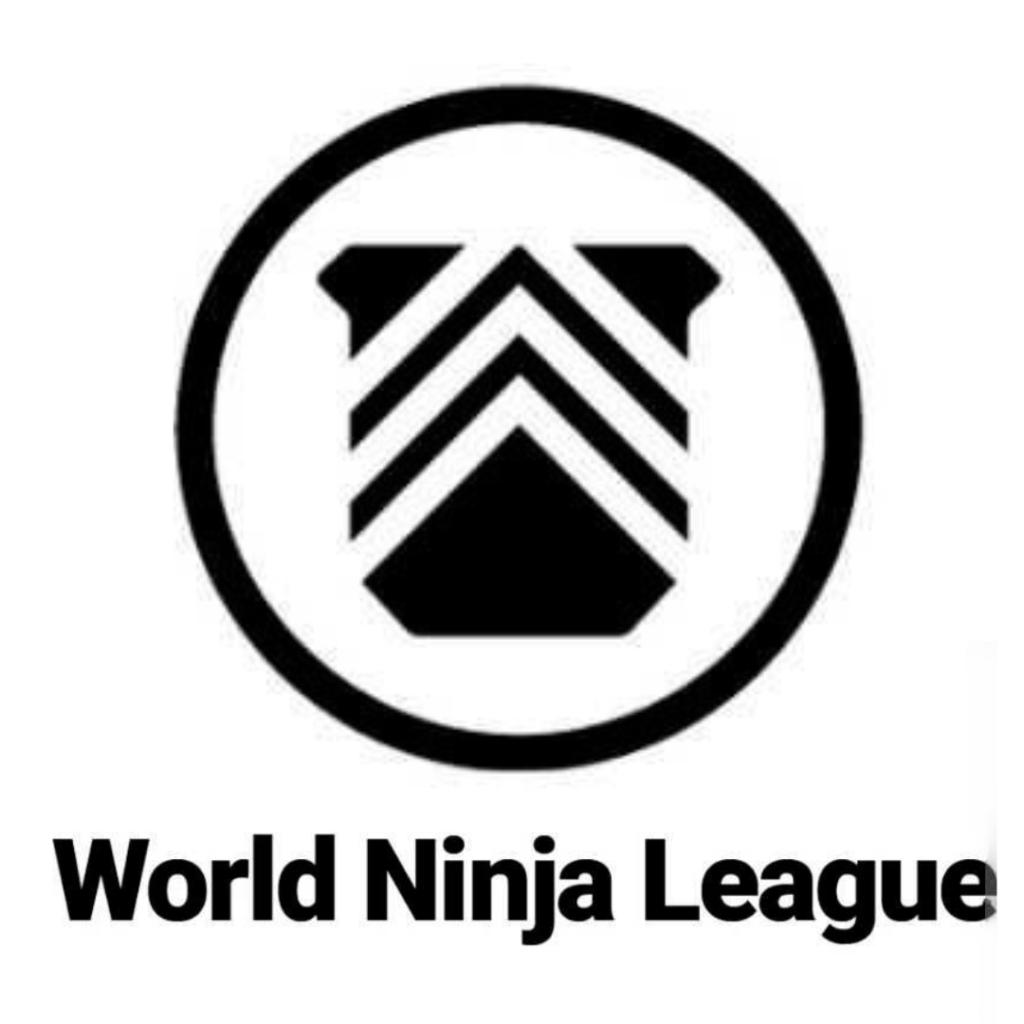
After both leagues first season, the number of gyms grew, and the kids started to come. By season 3, the kids came in droves.. The qualifications for “finals” didn’t rise as fast as the number of participants. So “finals” left the more intimate gyms for larger venues. To pay for the larger venues, more people had to come. But is bigger better?
“The Big Leagues” are no Longer the Professional Leagues
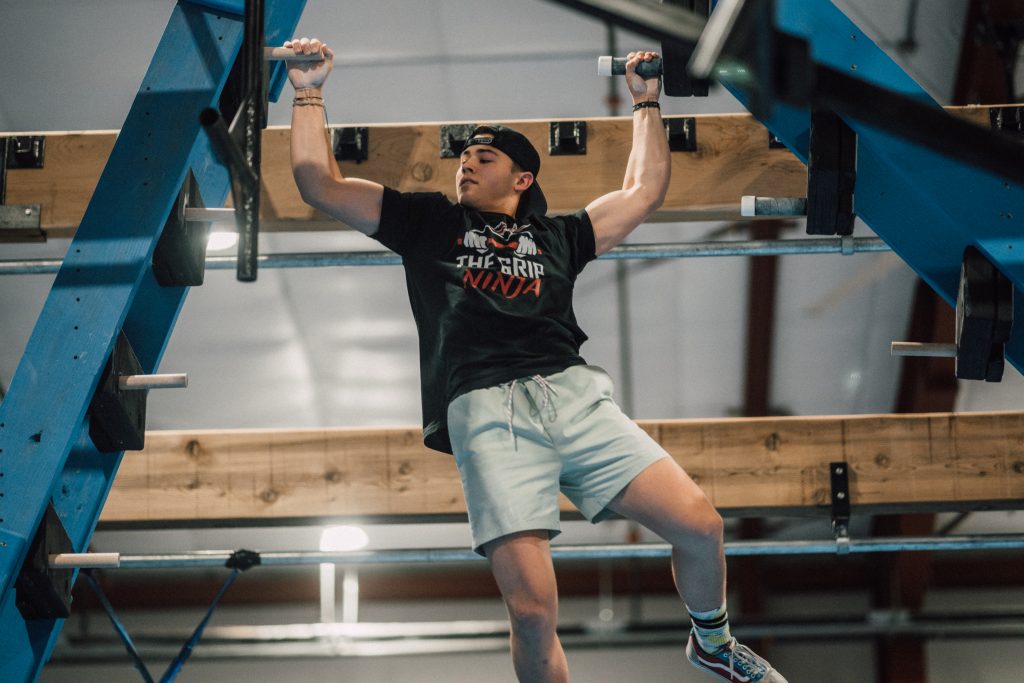
With more access to training facilities, and more advanced facilities, the ones who trained the hardest have grown their skills tremendously. The obstacles from the first few seasons of ANW are now the basic starting obstacles. And the obstacles that the best in the sport can do seem almost unimaginable to mere mortals.
Just as there are all sorts of levels of established sports from “recreational” to “prep” to “pros”, the Ninja Sport is at the point of recognizing those levels. The household names of major league sports that most can recognize by their abbreviations (MLB, NFL, NBA, NHL, PGA, etc) didn’t show up in the first couple of years people invented and started playing the respective sport.
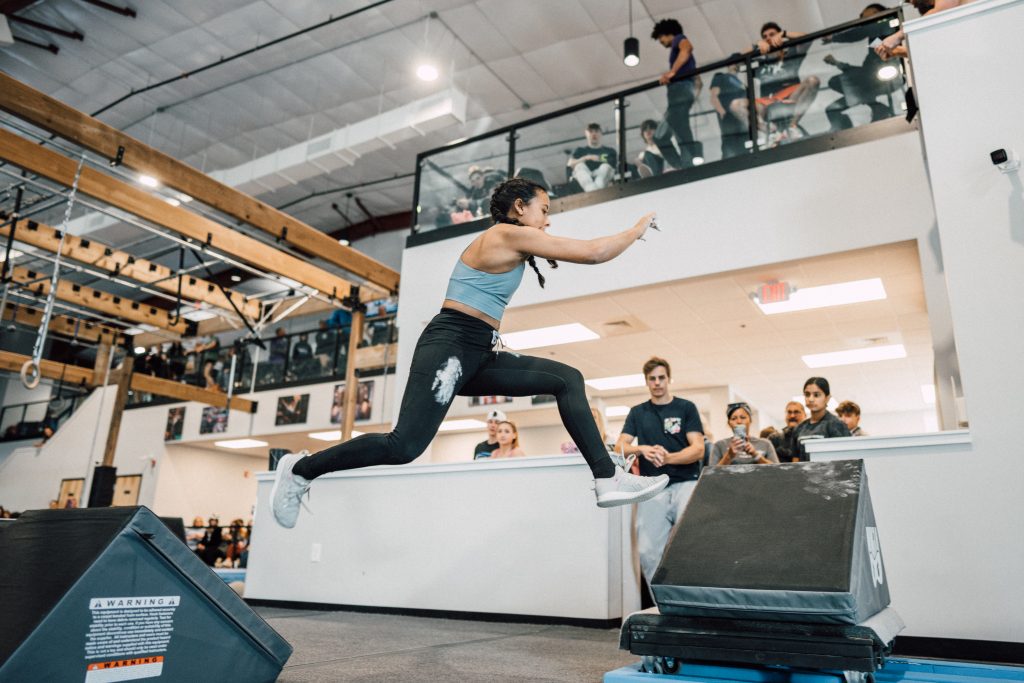
The Best Prospects Need The Best Opportunities
And the kids keep on coming. Roughly 80% of athletes in the larger leagues’ sanctioned competitions in the last year are under 18. Those 13 and under comprise close to 60% of competitors in sanctioned events. Some kids are just starting out. But others have been training as soon as they could climb or run. Is it fair for a young 13-year-old who started training last year to compete with a 13-year-old who has been training, competing, and usually winning for 7 years? Is it best for the 13-year-old who has been super advanced in the sport to compete on courses designed for an average 13-year-old? Why should these same amazing athletes wait all year long to finally compete with the best in their age group on courses designed for the above average 13-year olds? What about the 8-12 year-olds?
Well, in case the answer to those questions are not obvious, there is an answer.
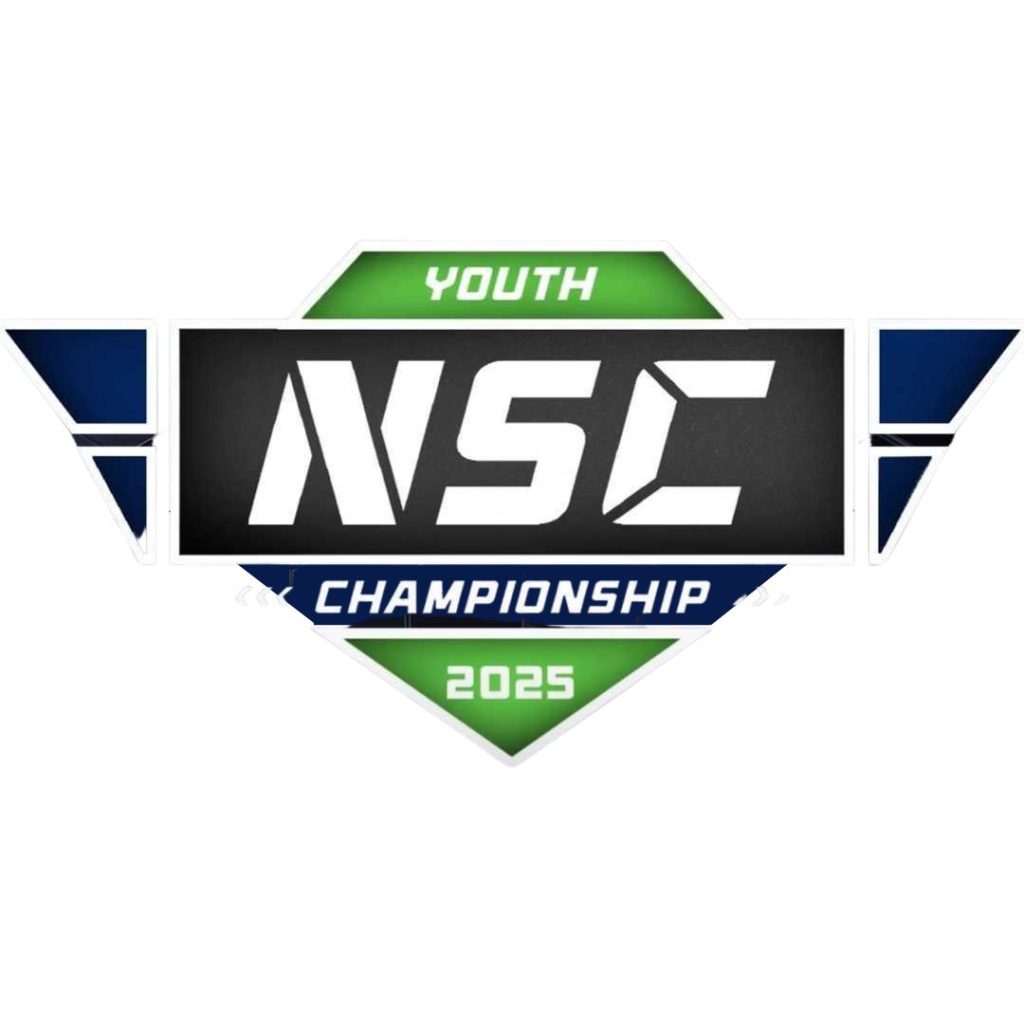
There will be 32 Qualifiers: 8 in each of the Northeast, Southeast, Central, and West regions. These qualifiers will have up to 40 kids in each of the 8-9, 10-11, and 12-13 age groups compete on both speed and technical/hybrid courses. Beginners need not register. The top 10 male and females will also compete on a “burnout” course to determine the top 3 that will advance to their regional (“sectional”) qualifiers. The top 8 at each sectional will advance to the finals.
We’re excited that Rock Solid Warrior was chosen to host both a qualifier at our original, newly expanded Fuquay Varina location on May 31 – June 1, and a sectional at our South Apex location on August 2-3.
What About the Other Leagues?
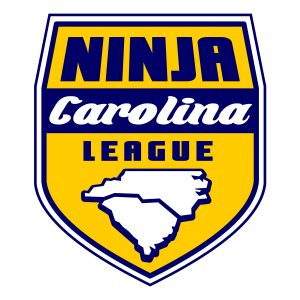
The Ultimate Ninja Athlete Association (UNAA) and the National Ninja League – now World Ninja League (WNL) have seasons starting in September that provide a single course and opportunities to qualify for a regional competition (March-June) that can lead to a national competition (June for WNL, July for UNAA). The qualification criteria can be gamed to the point that it is rare for someone who really wants to go to the finals can’t get there if they know the system and are willing to travel to where they can easily qualify. Both of their national competitions have really become more of a “jamboree” than a gathering of the best of the best. They can be a lot of fun, and the best of the best who decide to compete in one or the other typically rise to the top. We are not against competing in these leagues at all. Both intermediate and advanced athletes can:
- learn a lot,
- meet a lot of ninja athetes from around the country,
- make it a mini vacation,
- be challenged,
- see what they still have to learn,
The best will still be the best (as long as they don’t have a bad day).
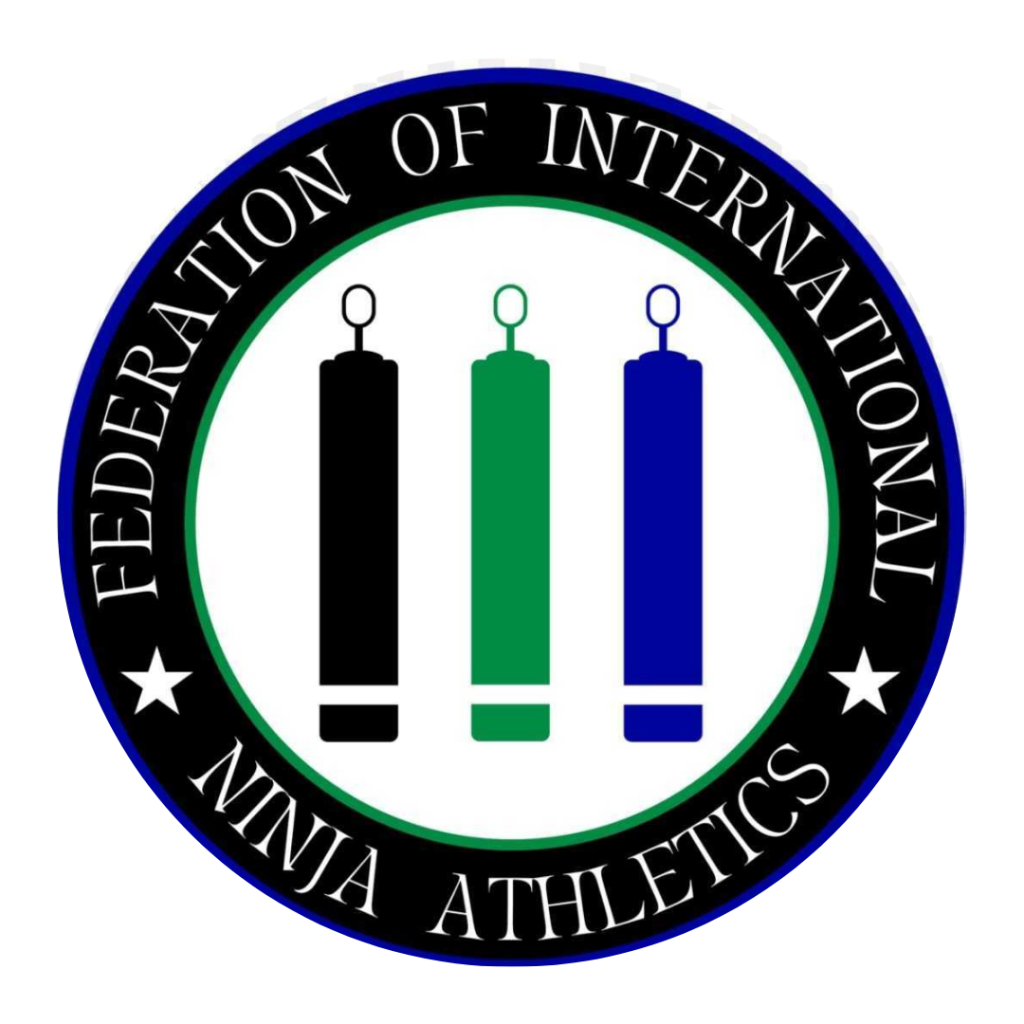
Any of these leagues can be great choices for intermediate and somewhat advanced athletes. We’ve chosen to hold UNAA competitions at Rock Solid Warrior.
But for the most advanced young athletes, we believe the best option to see how far you can go will be the NSC Youth leagues. And, if these young athletes ever dream of “going pro” someday, it will be the best way to prepare them for “the big leagues” of the Ninja Sport Championship.
What About the WNL Premier Series?
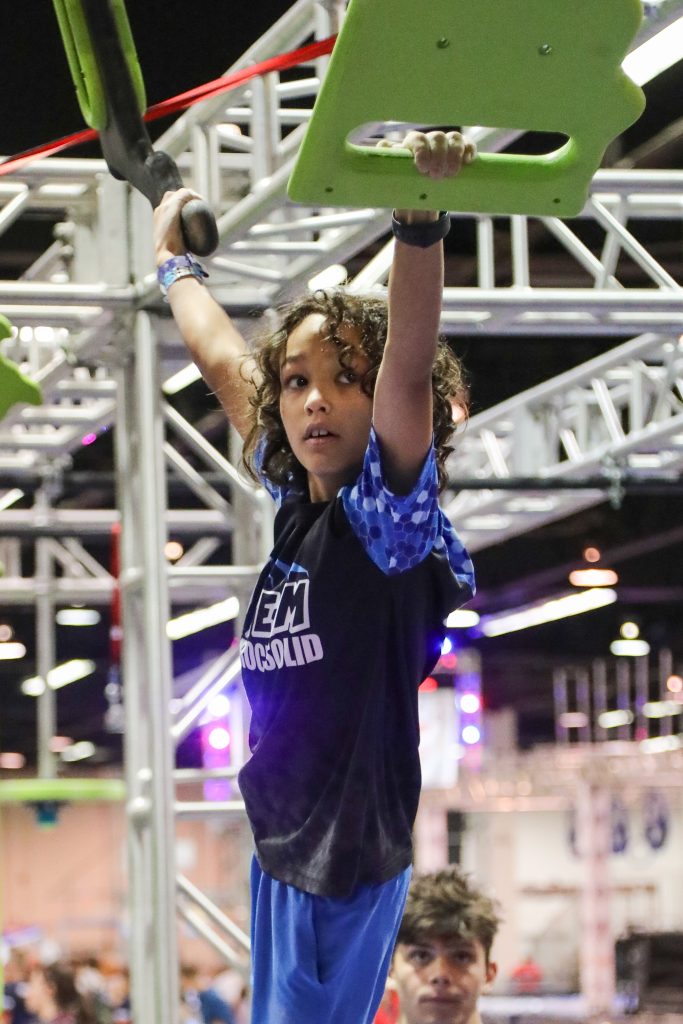
Time will tell if the WNL Premier series will have staying power or whether the NSC Youth and NSC series will be the “go to” for the best of the best athletes. The reputation of the Ninja Sport Network for being devoted to a high quality product is well noted in the ninja community. They’ve been careful to not sacrifice quality for quantity and their focus is on the best of the best. They recognize that there are plenty of other leagues that are serving beginner and intermediate athletes very well. As in most things, the cream will rise to the top.


